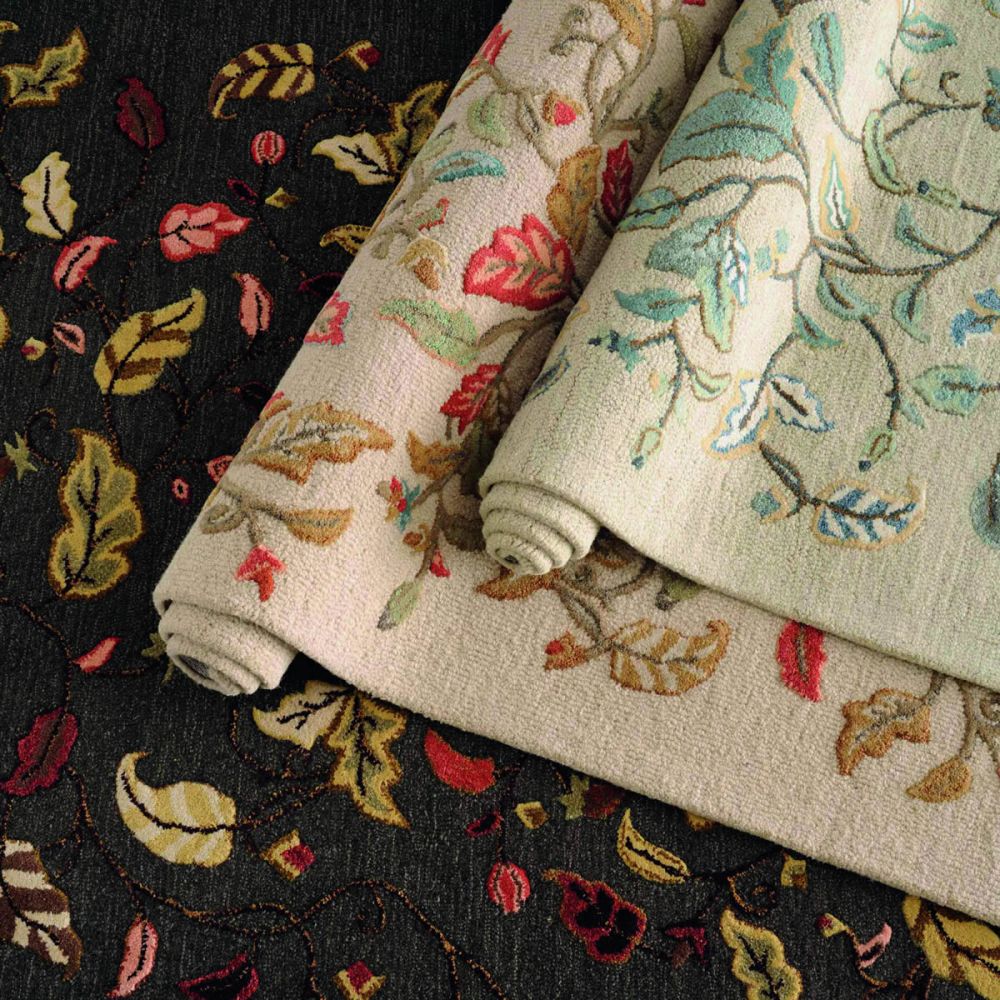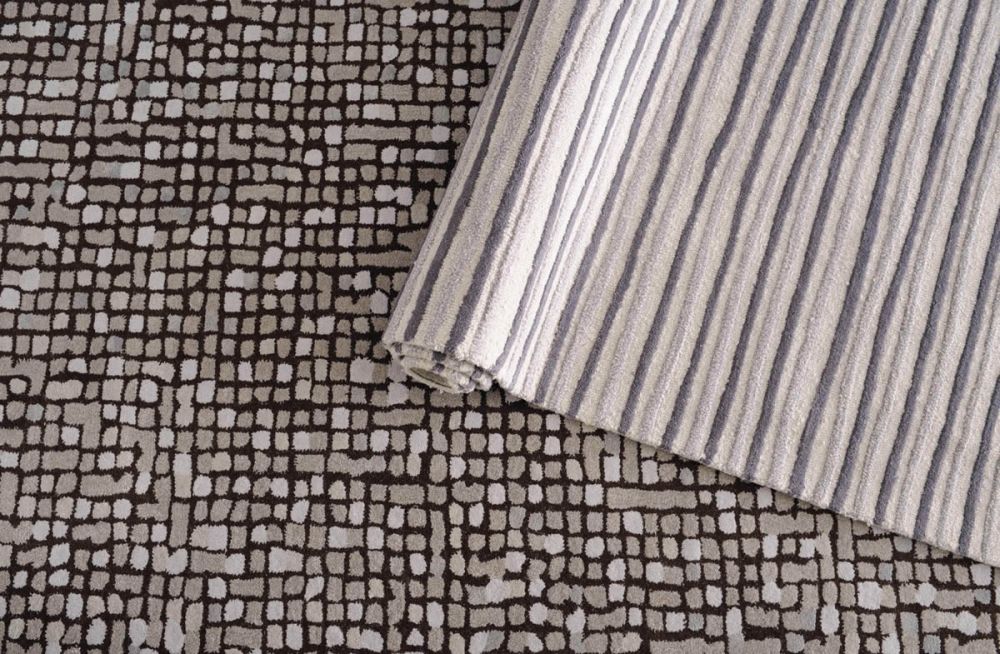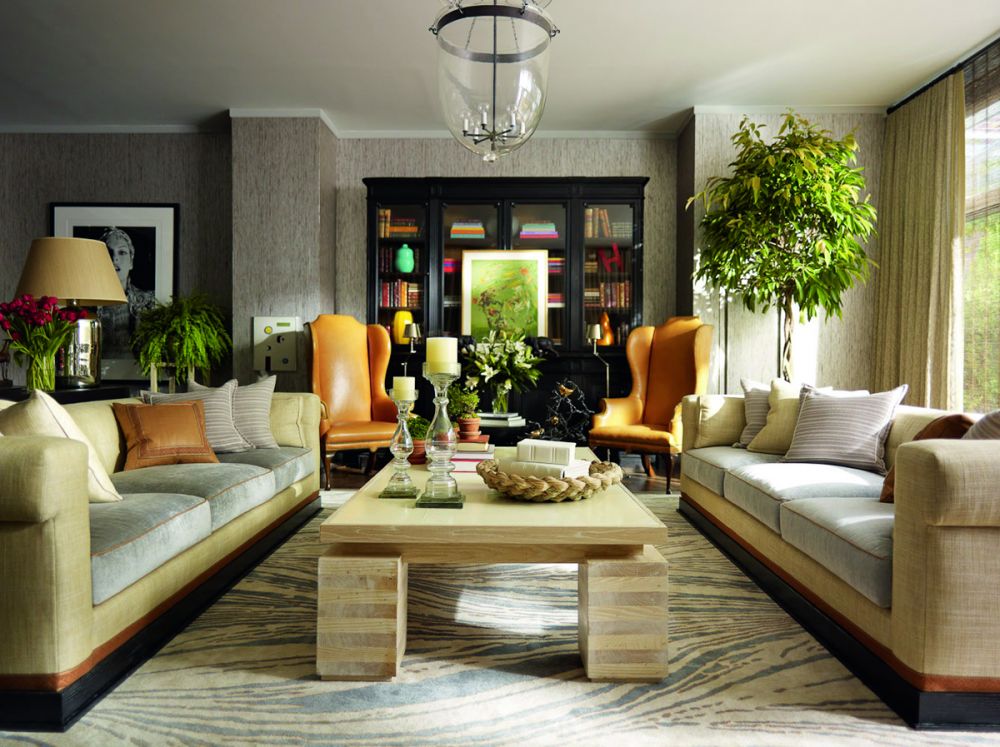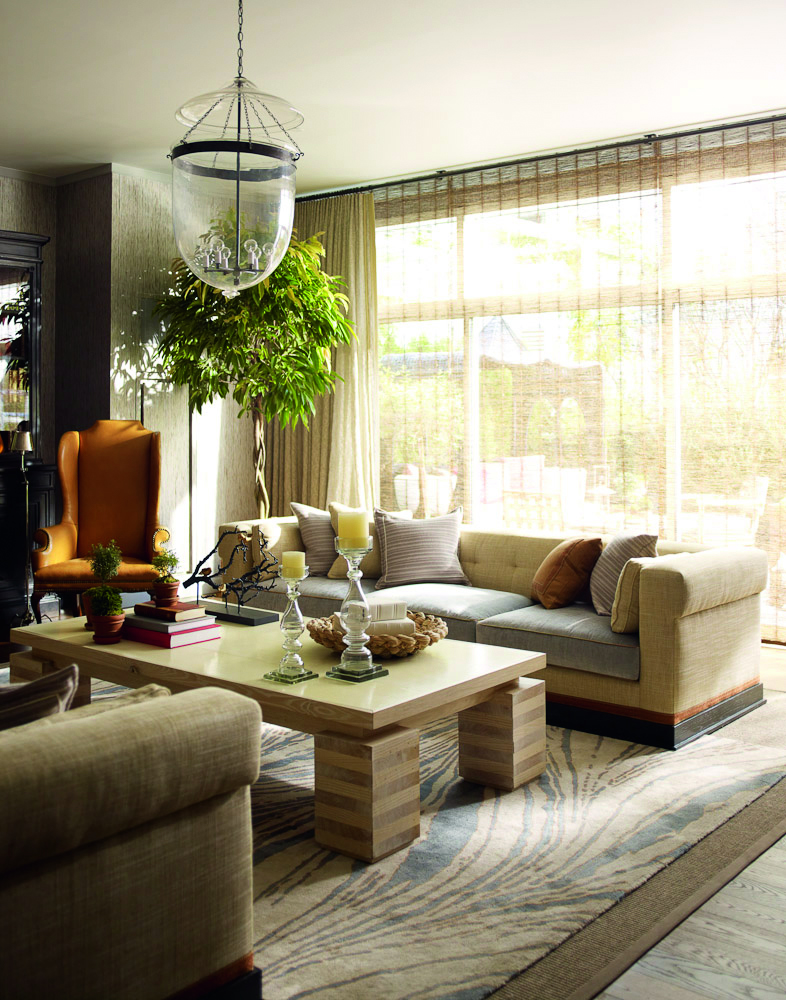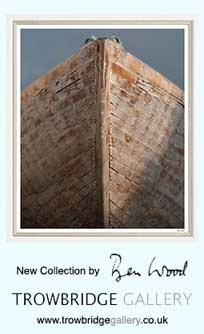Until the housing crash of 2009 in the US, hand-knotted rugs comprised more than 99 per cent of the residential designer market. Companies that had specialised in hand-knotted oriental and nomadic hand-weave carpets for half a century or more suddenly noticed that the clients of interior designers were postponing high end rug purchases.
Rising to the challenge, a few wholesale rug manufacturers responded by upping the design and luxury quotient of hand-tufted rugs. Innovation in this category began in 2009 with special licensed collections launched in 2009 by icons such as lifestyle leader Martha Stewart and celebrity designer Thom Filicia.
In collaboration with these tastemakers, wholesalers pushed the design envelope with hand-tufted rugs in everything from yarn choices, to colour palettes and surface textures.
These pioneering hand-tufted collections were crafted exclusively of the finest New Zealand wool to ensure a luxury look and long wear.
Yarns were dyed using the same ancient pot dyeing techniques weaving families had been using for centuries to create custom hand-knotted Peshawar and Tibetan rugs for the interior design market. Finishing techniques were developed to create the soft patina of artisan woven carpets.
The idea was to make the transition as seamless as possible by focusing on recreating expensive hand knotted looks with proprietary effects and ever-increasing numbers of colours for richness of detail. Rug companies that survived the transition to hand-tufting banked on bringing exceptional value to consumers who wanted quality, style and greater affordability in their decorative home products.
At first, weavers concentrated on capturing the detailed motifs of coveted Persian rug designs. At Safavieh we aimed high, choosing to reproduce the famous Lavar Kerman rugs that have been prized as artistic marvels since the city of Lavar was visited by Marco Polo in 1270.
In fact, the hand-tufted rug is a bit more structured than its finely-knotted counterparts. But the technology is so exceptional, the hand-tufted version of a prized antique uses 25 colours, resulting in extraordinary value for the price.
Always a proponent of democracy in design and impressed with the quick turnaround times and styling flexibility in hand-tufting, Thom Filicia chose to launch his initial indoor rug collection entirely in hand-tufted wool and viscose highlights that were indistinguishable from silk.
“The result is pure, evocative design that is both essential and highly practical,” Filicia says. Indeed, the rugs exude classic simplicity and inject an unexpected, modern flair reflective of his fresh yet timeless approach to design.
Using a balance of design, materials, textures and palettes in unexpected ways, the pioneers in the hand-tufted medium have sparked a revolution that has proven mutually beneficial for interior designers, consumers and has allowed weavers across the world to transfer the skills to a 21st century technique while keeping an ancient art alive.


